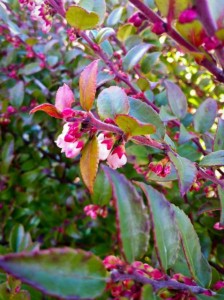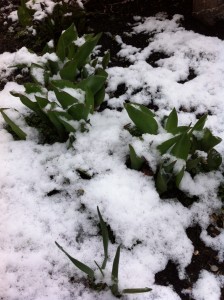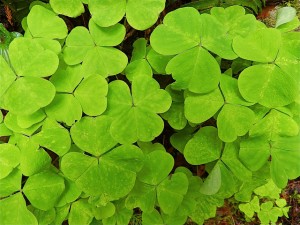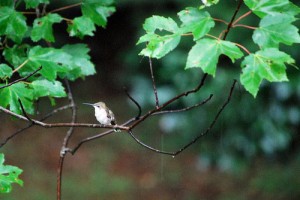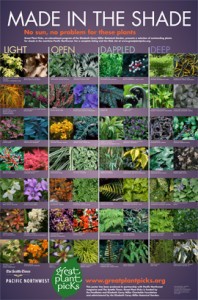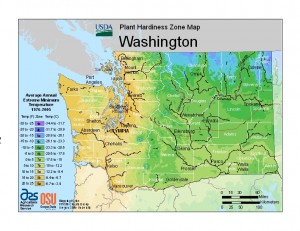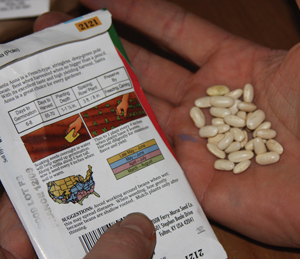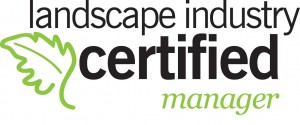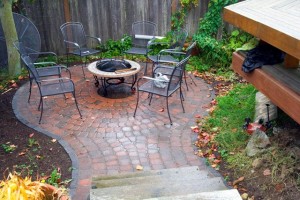
Old Dominion circular paver, Ecoyards
Patios can extend your outdoor living space, give structure to your landscape, and provide a great place to hang out. There are many decisions that go into installing a patio. Once you have a design in mind, deciding what material to use can be tough. Initial cost of installation is only one of numerous factors. You also should include durability, maintenance over time, and how the patio will be used (for example, pea gravel may be great in the side yard, but not an ideal surface for patio table and chairs).
Here’s a brief summary of some of the materials that can be used:
Bricks can give you a traditional, classic beauty that will hold their natural clay hue over time. We have helped our clients incorporate some “reclaimed” bricks from other old projects into their new projects, giving the patio an aged look; you may not always be able to find reclaimed bricks.
Poured concrete is simple, smooth, and among the cheapest options for patios or walkways. One of the disadvantages is that they can crack over time. Proper installation (including pouring concrete over a thick compacted base of sand or gravel) can help prevent cracking, but if your house is in an area where soil settles over time or the earth beneath shifts, cracking can still happen. Concrete also is impervious, so water runs off the surface rather than seep into the soil or gravel below.
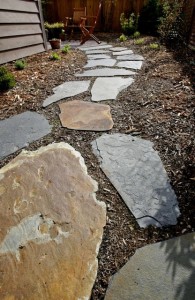
Natural stone (slate) walkway
Natural stone is attractive, durable, requires little maintenance but it is among the most expensive materials for patios. Bluestone with its distinctive smooth surface and blue-tan hues are ideal for formal landscapes. Flagstone (such as slate or limestone) lend a formal feel to a landscape, but also can be laid randomly to give a less formal feel. Natural stone is durable, slip-resistant, and can be installed so that moss or other groundcovers can be planted in between the spacing, allowing rain to seep through and adding a living feature to your patio. We typically install flagstones over a base of sand and gravel, though clients can choose to mortar flagstones on top of a concrete slab.
Pavers made from pre-cast concrete are the most popular choice for Ecoyards clients. These pavers range in size, color, and texture, giving homeowners numerous design options. Pavers can be installed over a concrete slab or a compacted base of sand and gravel. Once installed, pavers require very little maintenance. Recycled pavers such as those offered by VAST are made of 95 percent post-consumer recycled materials –plastic bottles and scrap tires — rather than traditional concrete or clay.
Permeable pavers are becoming increasingly popular choices as a way to help control stormwater pollution, but they are generally more expensive. Many cities and counties are using permeable pavers, such as Eco-Priora, interlocking concrete pavers, as a more effective method of controlling stormwater (all the stuff that washes into storm drains when it rains) in big projects.
Contact Ecoyards to setup a consultation if you’d like help designing a patio space in your garden.
